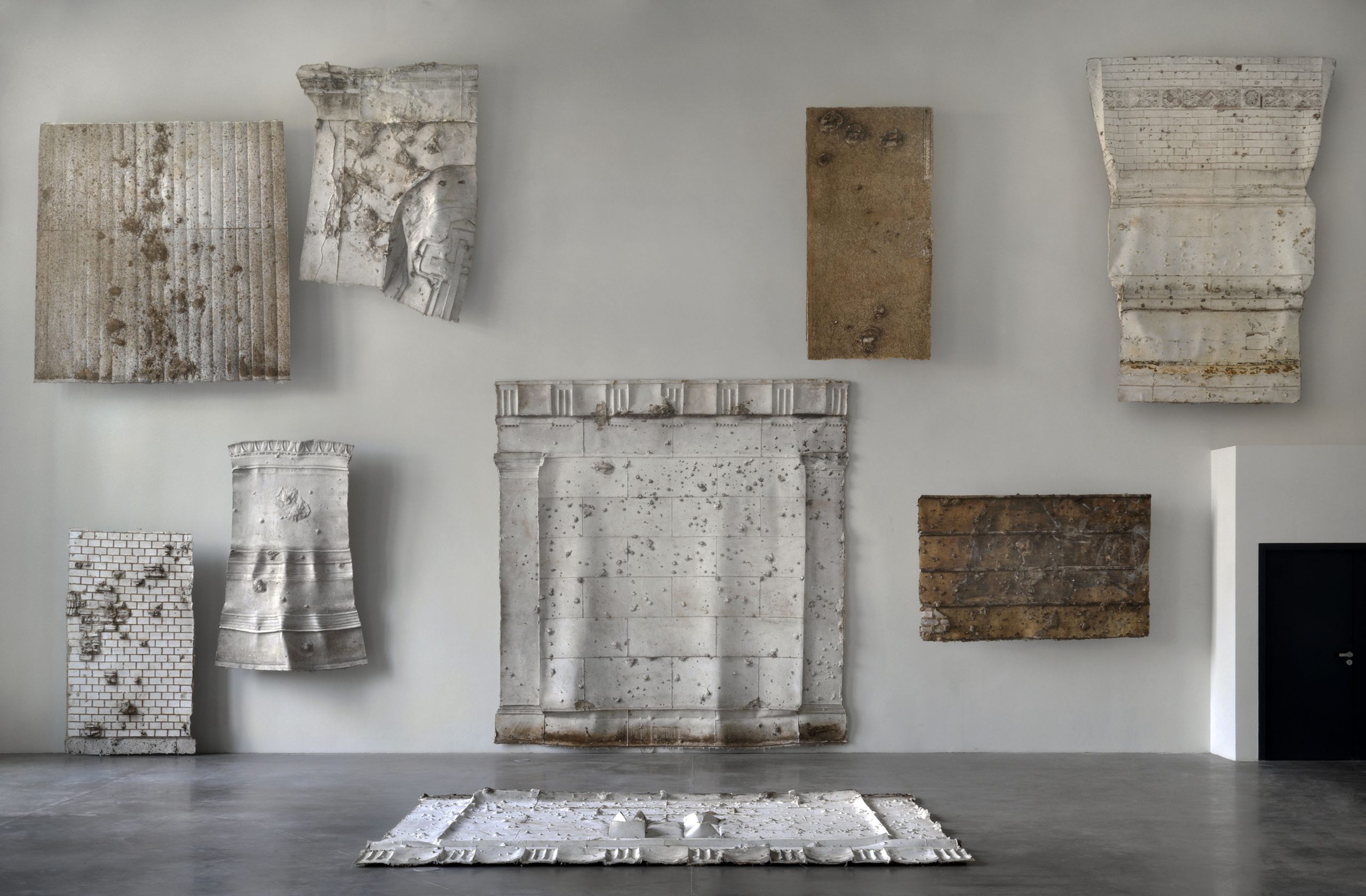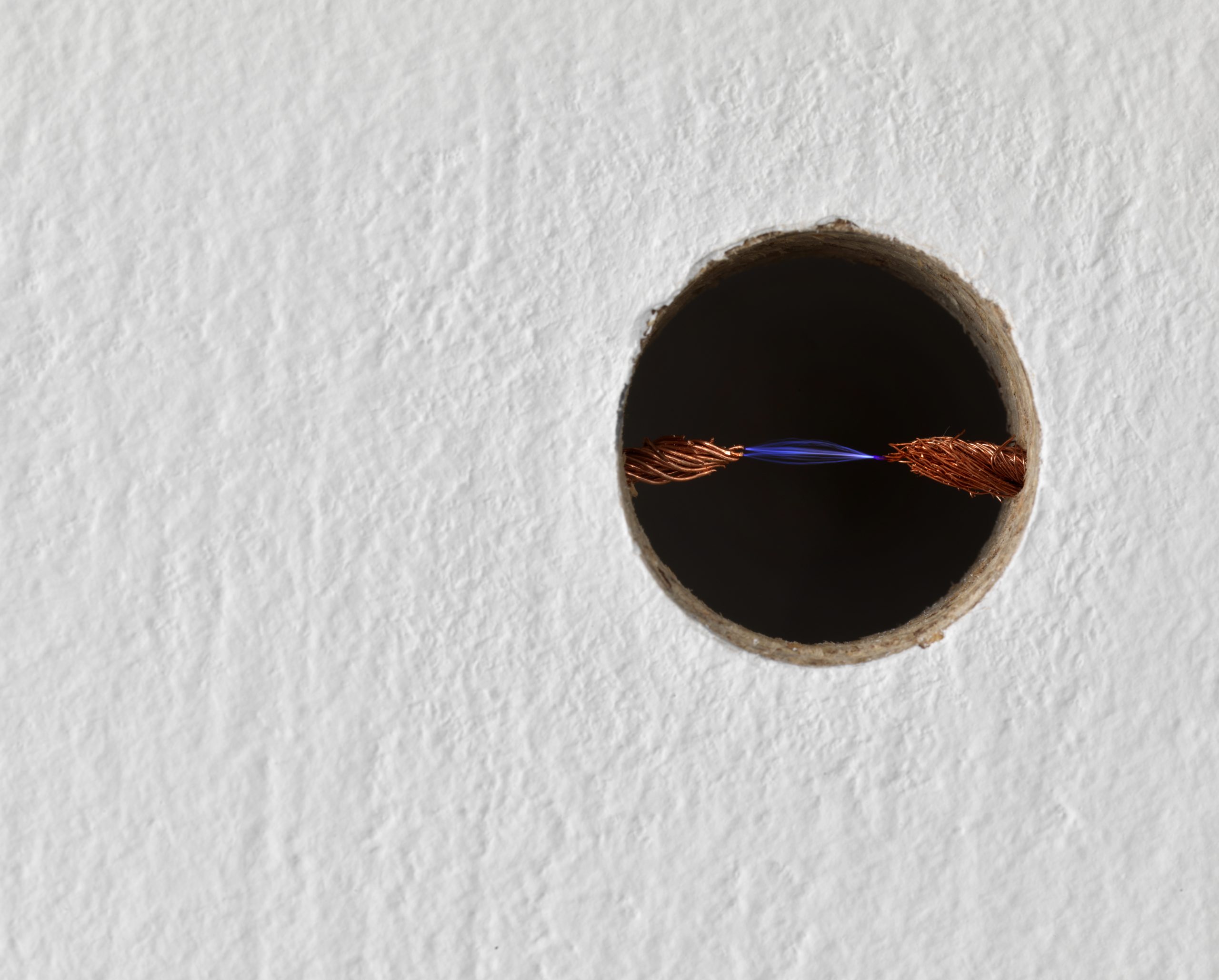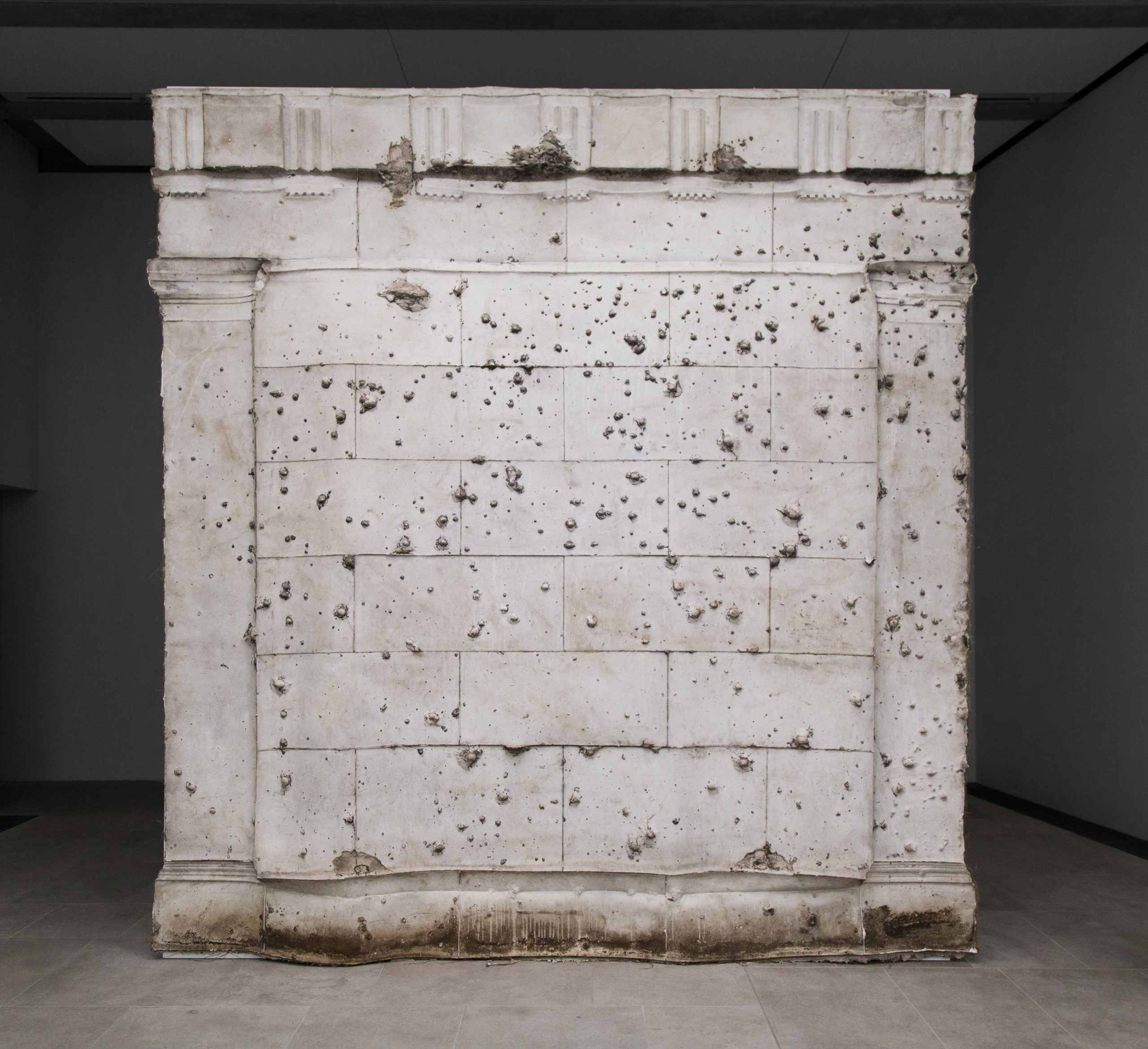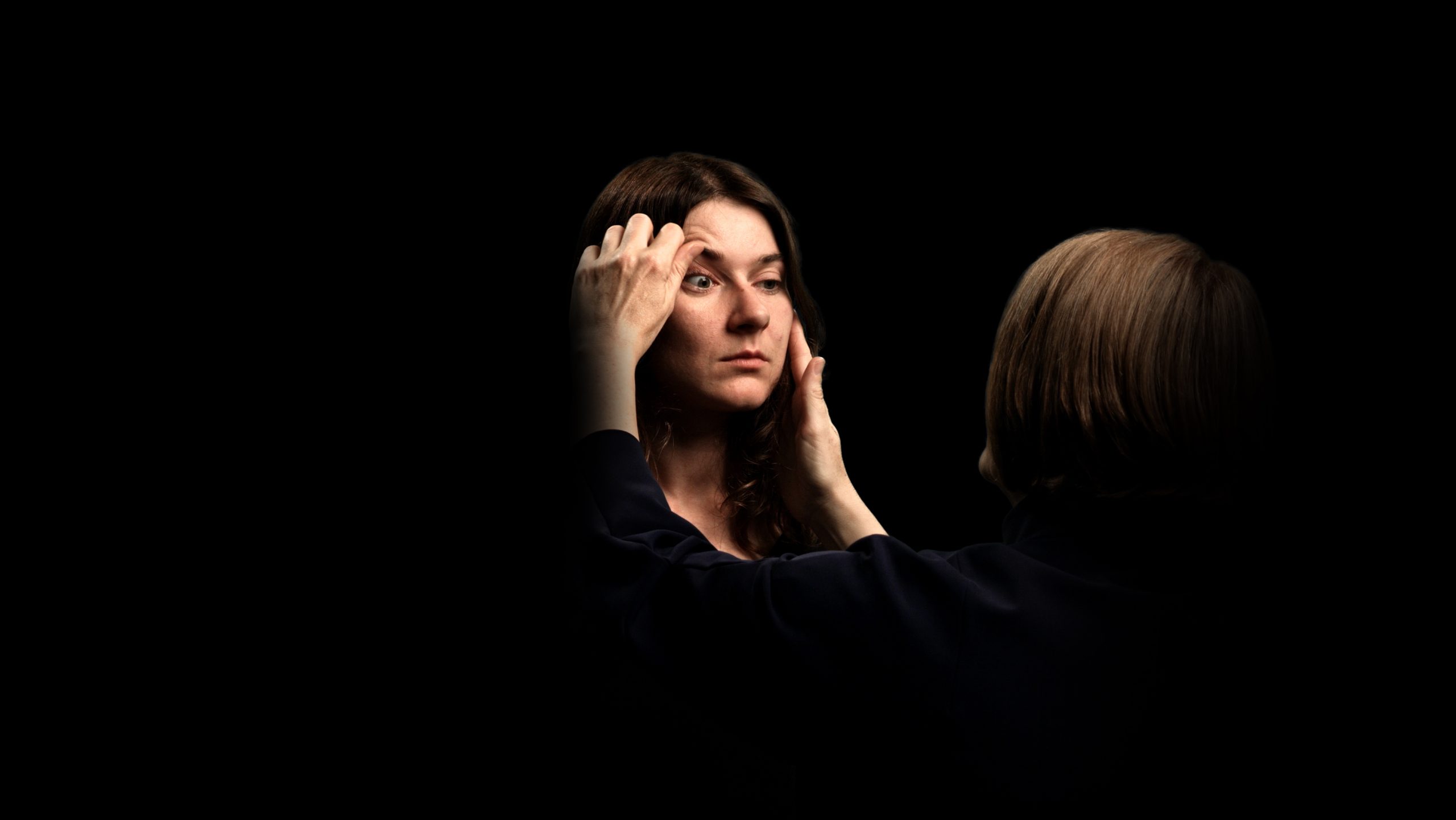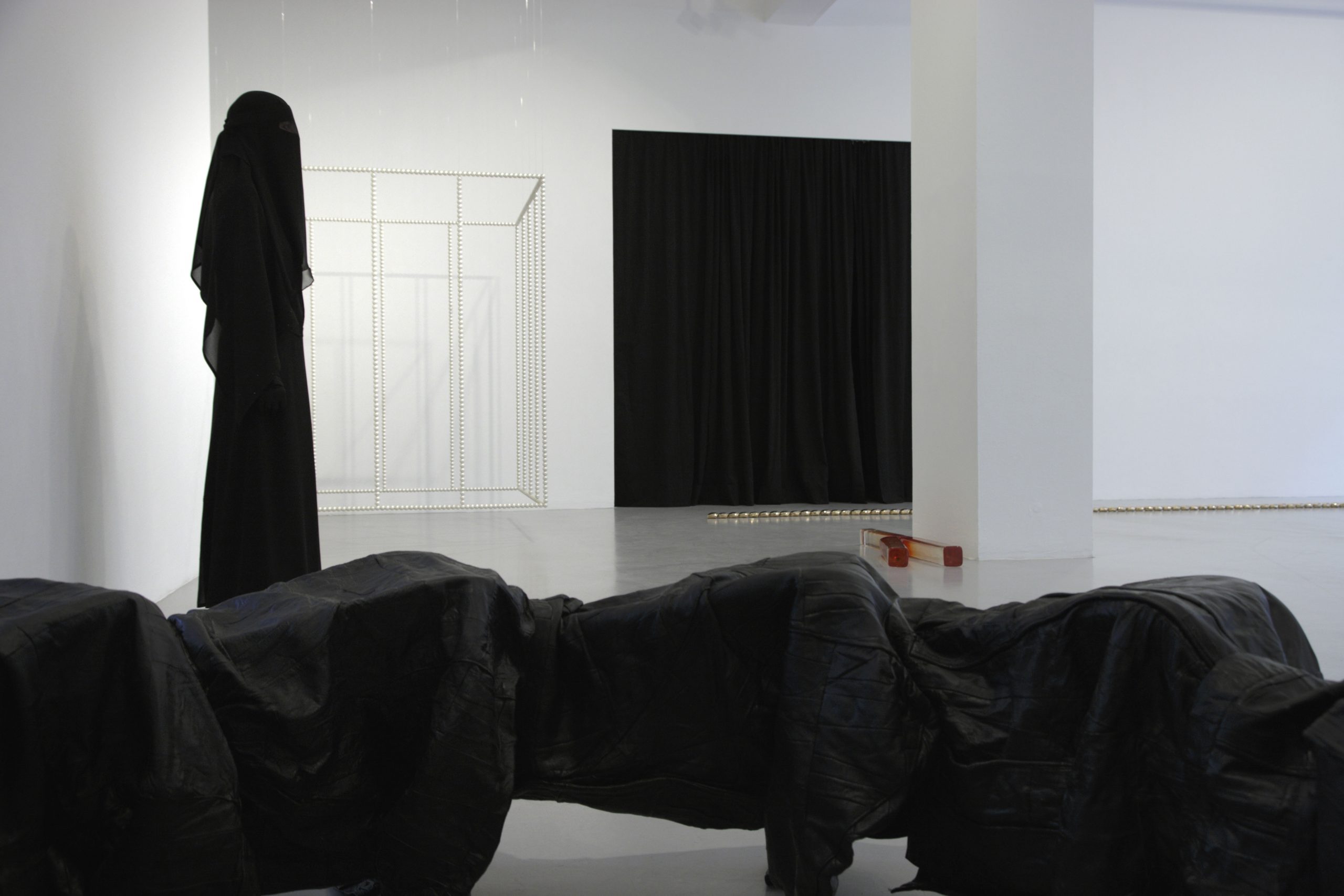
Features #3 — January 2022
Asta Gröting in conversation with Nicolas Vamvouklis
I first came across your inspiring work through the Dimitris Daskalopoulos Collection; it was the silicone sculpture “Space between two people having sex” (2008) which presents an intimate moment between a woman and a man. How has your research on the relationship between the inner and outer worlds been evolved throughout the years?
I started with sculptures about inner organs that came to “The Inner Voice” as experiments that focus on ventriloquism as a sculptural and performative instrument to research the soul to the other side or ‘under side’ of ourselves. From the research on the body, I came to the soul.
It is a conversation about physical intimacy. Deborah Levy called it a “sculptural autopsy.”
Do you envision the artist as a sort of an archaeologist? What kind of stories do you seek to reveal to the public?
I want to give things a name. How does the space between people look like with all the hidden parts, how could feelings look like, or how do the undersides of vehicles look like.
My materials try to present all these things which connect people and they question what a community could look like.
Besides sculpture, you also use video and performance quite often. I am interested in your work’s therapeutic aspect and I would like to know more about your 2015 film “Touch” where you ‘massaged’ fourteen different people in front of the camera.
It was an act of traditional gestures of sculpting and forms of healing massages. To work with clay is very similar to working with skin or touching skin. To sculpt is similar to touching a face and tracing the contours of a face.
I am curious about what is on your reading shelf. Are there any particular books you would like to share?
I am reading “Attention Seeking” by Adam Phillips, which argues the differences between our motifs and motives, but also our self-consciousness and our seeing.
Also, Deborah Levy´s “Swallowing Geography” is a wonderful, playful, and dark book; a kind of fairytale about contemporary femininity, introversive hearts, and the wildness of thoughts.
You are an art professor at the Hochschule für Bildende Künste Braunschweig. How do you approach teaching, and what advice would you give a young artist at the start of their career?
I see my responsibility as a professor as supporting my students to find their own way. So, I do not proceed from myself, I try to understand that everybody cannot find their own path alone, which might have to do with their own biography or personality.
My advice is to see the chance to build friendships and collaborations which can continue forever. I do not understand the act of an artist as a single person following the solo career path; that is not a role model anymore and can also be too lonely.
And how about the prophetic title of the exhibition you had at the Kunsthaus Pasquart in Biel/Bienne just before the beginning of the pandemic: ‘Where do you see yourself in 20 years?’
I tried to find a question, which everybody is connected to. In the last 20 years, technology has changed all of our lives and working routines, so the question is, what will be the changes in the next 20 years. Since the pandemic, my grandmother’s question of how many springs she will still see came more to the foreground of many of us. In the show at Kunsthaus Pasquart, I presented a video series about how eight people prepared their first drink of the day. This is sometimes a kind of a thought in the morning, how will the day or maybe the next 20 years continue.
Special Thanks: carlier | gebauer, Berlin/Madrid






















